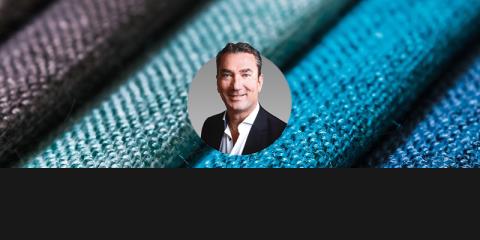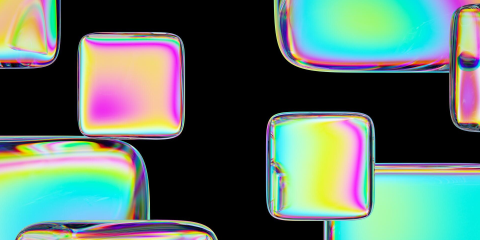
Cut CO₂ with a shine using partly bio-based UV-curable resins
February 05, 2025
Exploring rising demand for UV-curable coatings across the manufacturing industry
What are the biggest trends and challenges in the UV-curable coatings market?
Manufacturers of printed packaging, flooring, industrial coatings, furniture, electronics, and more are looking to reduce their environmental impact. However, to maintain profitability, it is important that any steps they take to achieve this goal don’t disrupt business-as-usual activities, increase costs, or impact the quality of their final products.
In many ways, the increasing demand for, and the subsequent adoption of UV-curable coatings is a response to this challenge. Manufacturers are essentially looking for the best way to balance manufacturing costs, operational performance, and environmental sustainability. From a coatings perspective, sourcing the right mix of all these features in one solution has proved elusive for some time — at least until now.
Of course, it’s not just an internal focus on protecting the bottom line that is boosting manufacturers’ interest in UV-curable coatings, but also evolutions in consumer demand. As people become more climate conscious, they are actively seeking more sustainable products. Therefore, incorporating materials with a lower environmental impact compared to traditional resources is becoming baked-in to product design and production processes to ensure enduring interest from customers.
How do these trends influence how Covestro develops materials for customers and partners?
We always value our customers' feedback and share their commitment to minimizing the environmental impact of our activities. In response, we are developing a new range of innovative UV-curable solutions designed to be more environmentally friendly than conventional options.
For example, we now offer 16 partly bio-based UV-curable resins made from natural carbon (C14) sources, such as soybean oil. We also provide products that contain no intentionally added tin or carcinogenic, mutagenic, and reprotoxic (CMR) substances, making them more sustainable and also safer and easier to handle.
Additionally, we are phasing out products that contain tin and CMR substances as part of our broader UV Sustainability roadmap. For instance, we recently introduced AgiSyn™ 2021 - a product where BPA was not used as a raw material. Aside from product development, we also work closely with our suppliers to get specific approvals for our UV-curable resins, for instance for use in indirect food contact applications.
Importantly, throughout every stage of the development process, we focus on delivering excellent cost efficiency and material performance while also contributing to the creation of more circular solutions.
“When it comes to reducing the carbon footprint of your manufacturing operations, UV-curable resins have a lot to offer. They can be partly made from bio-based materials, and they offer excellent performance, great cost-efficiency, and easy integration with existing processes.”
What is the Status Next for UV-curable coatings?
Many leading manufacturers are committed to keeping the global temperature rise to 1.5°C above pre-industrial levels, and reducing carbon emissions is crucial to achieving this goal. Therefore, I expect that demand for UV-curable coatings made using alternative raw materials will only continue to grow, especially as manufacturers recognize that these systems often perform as well as, or even better than, traditional equivalents.
While much of the growth is currently driven by the furniture and flooring industries, I believe other sectors will soon adopt UV-curable coatings when they see the benefits that these materials offer. In response to this increasing demand, we are committed to expanding our portfolio of UV and Electron Beam (EB) curable products, ensuring we can provide our customers with the solutions they need to reduce their carbon footprints effectively.

















